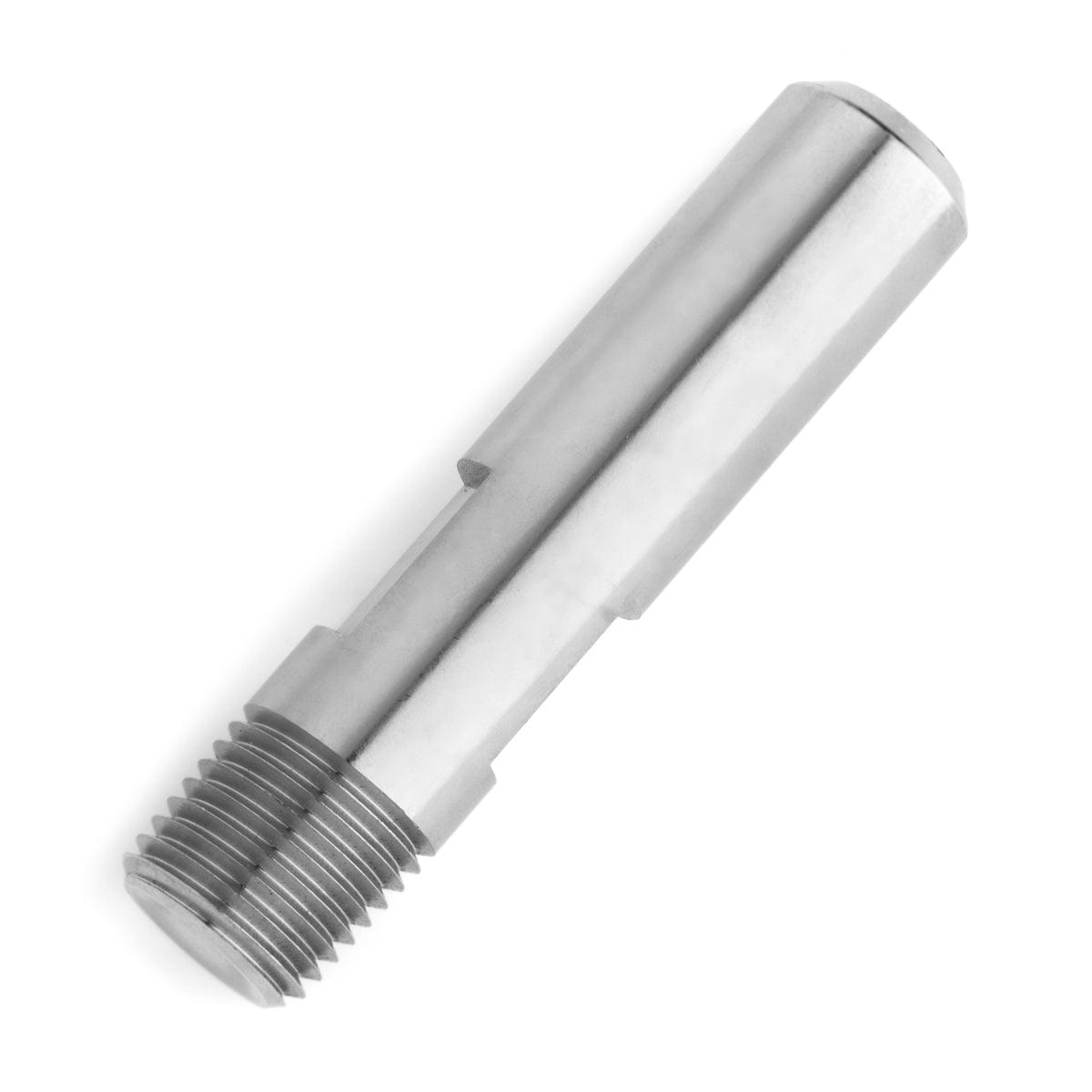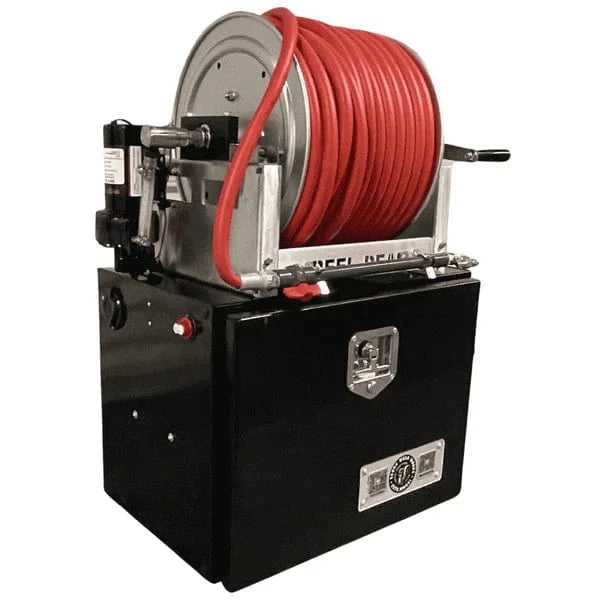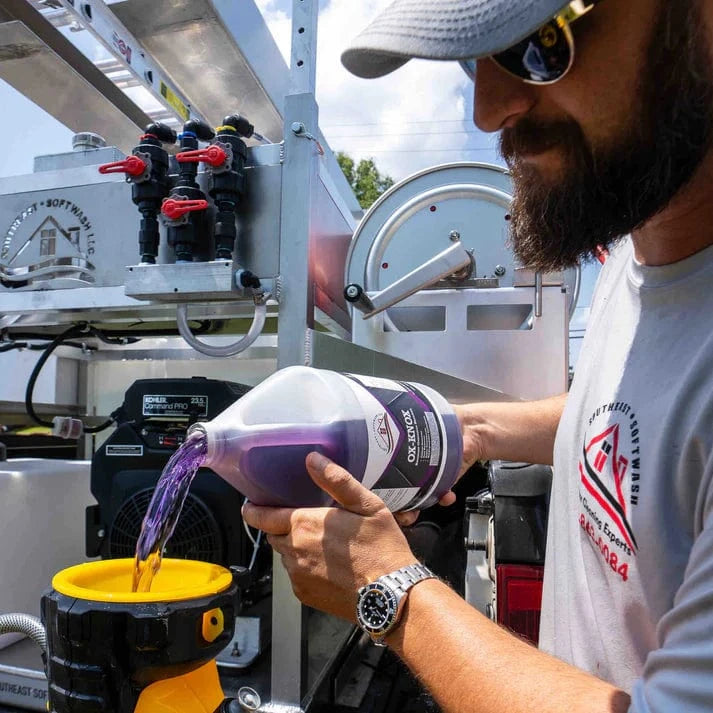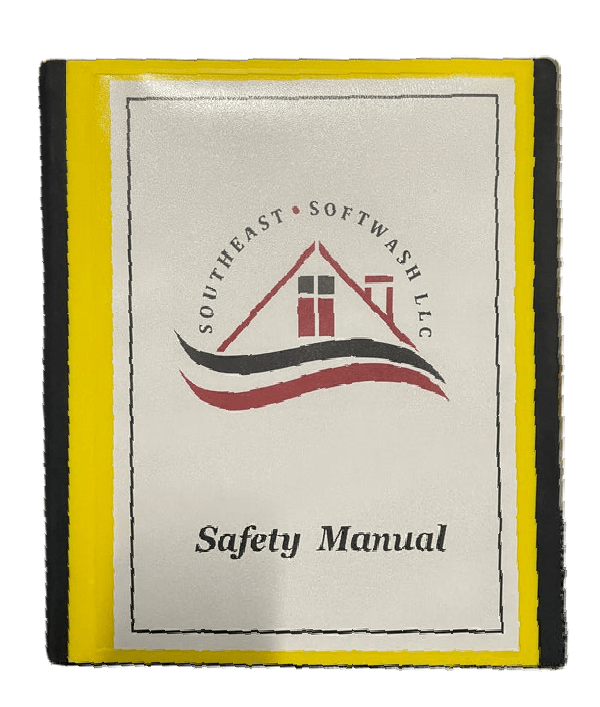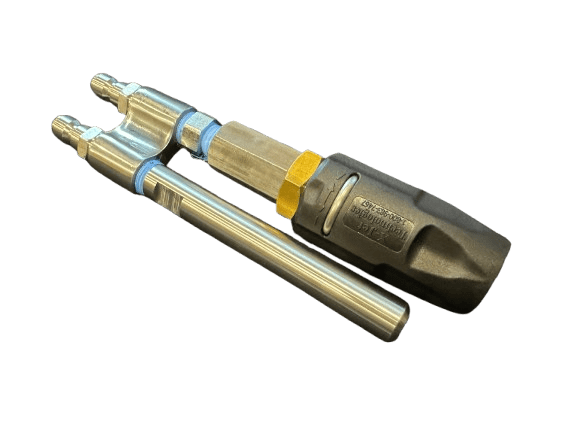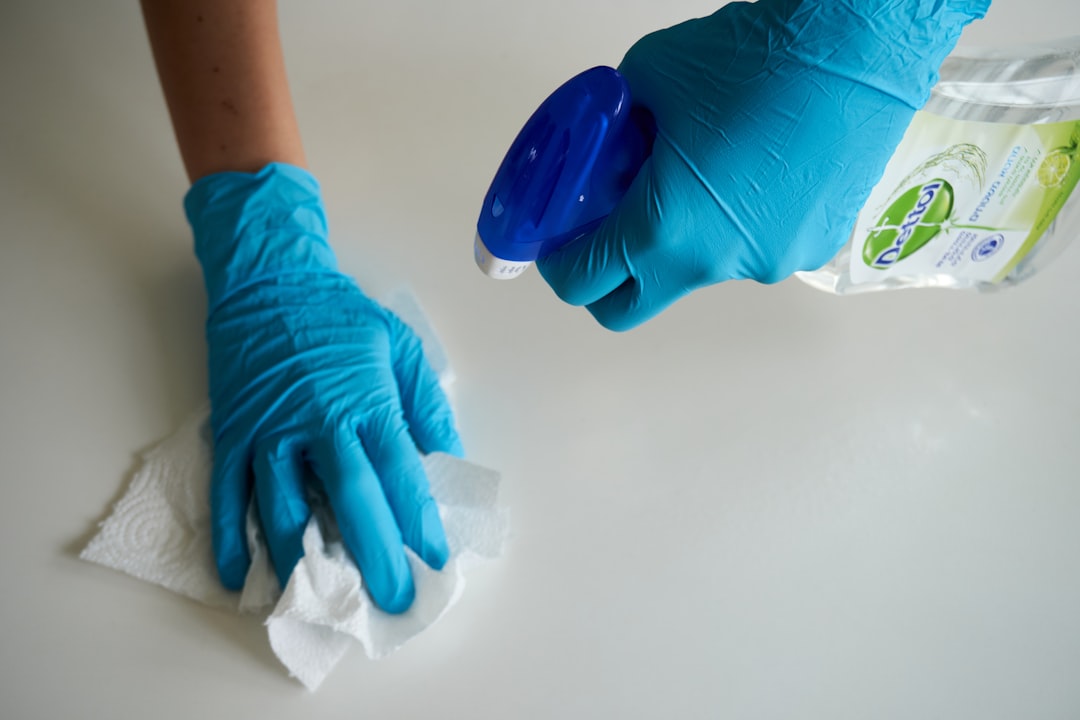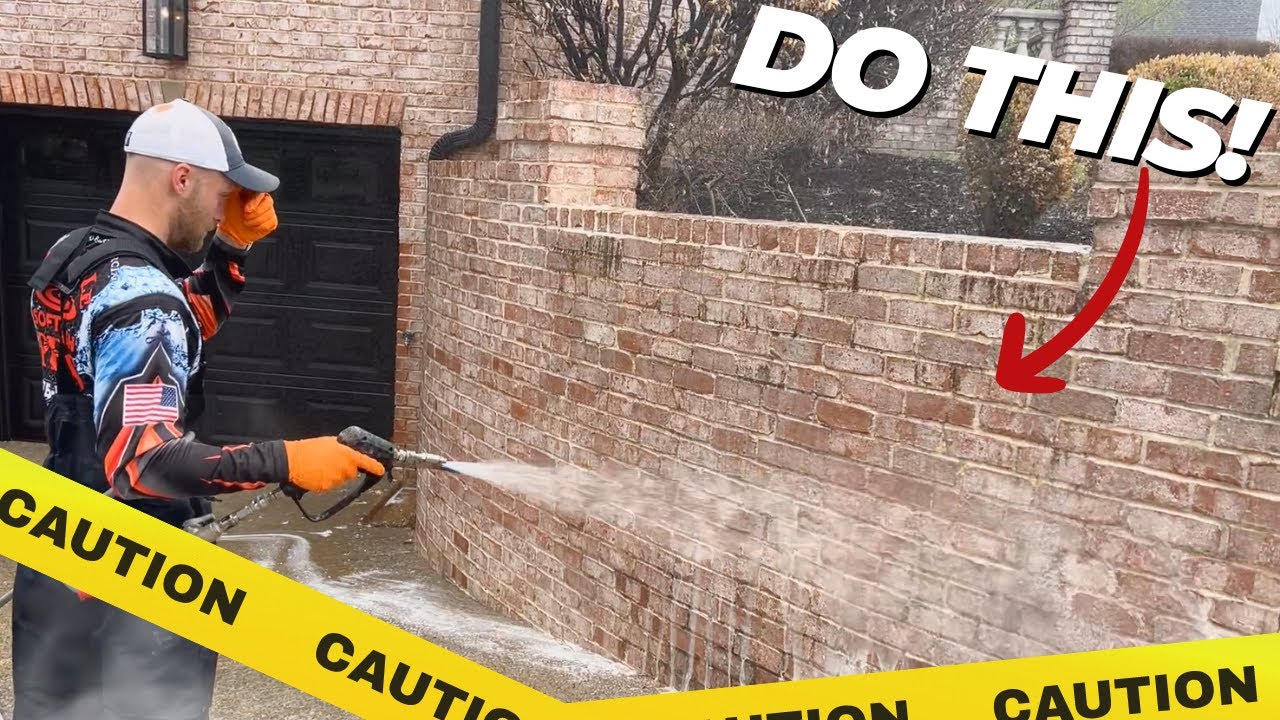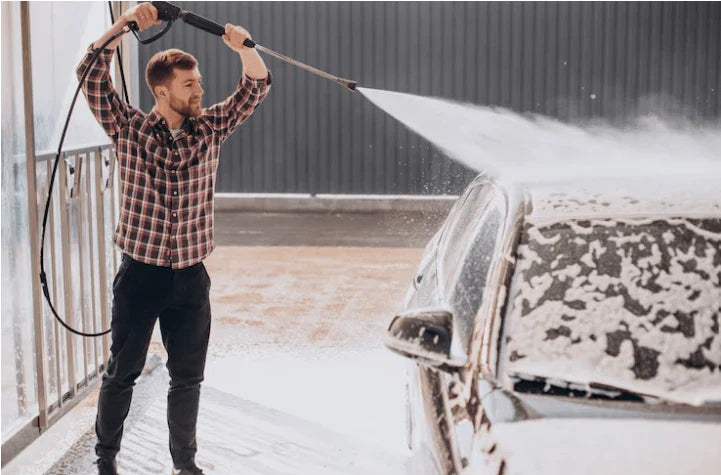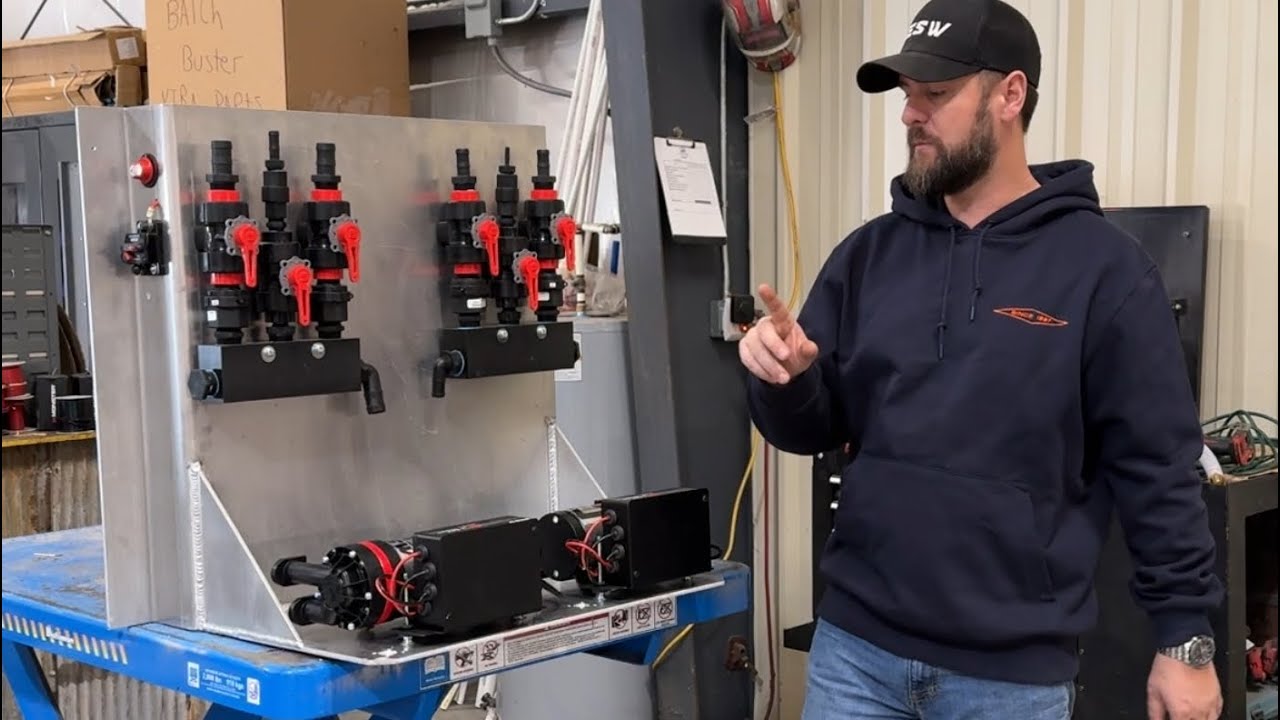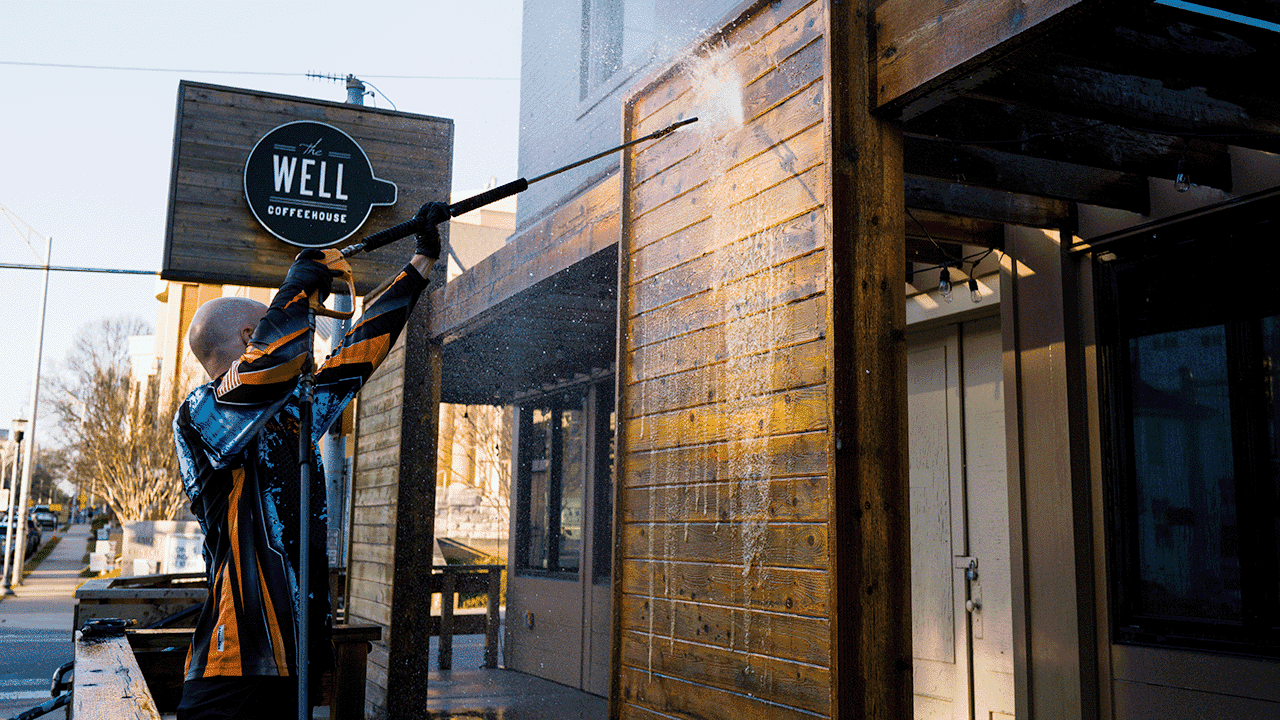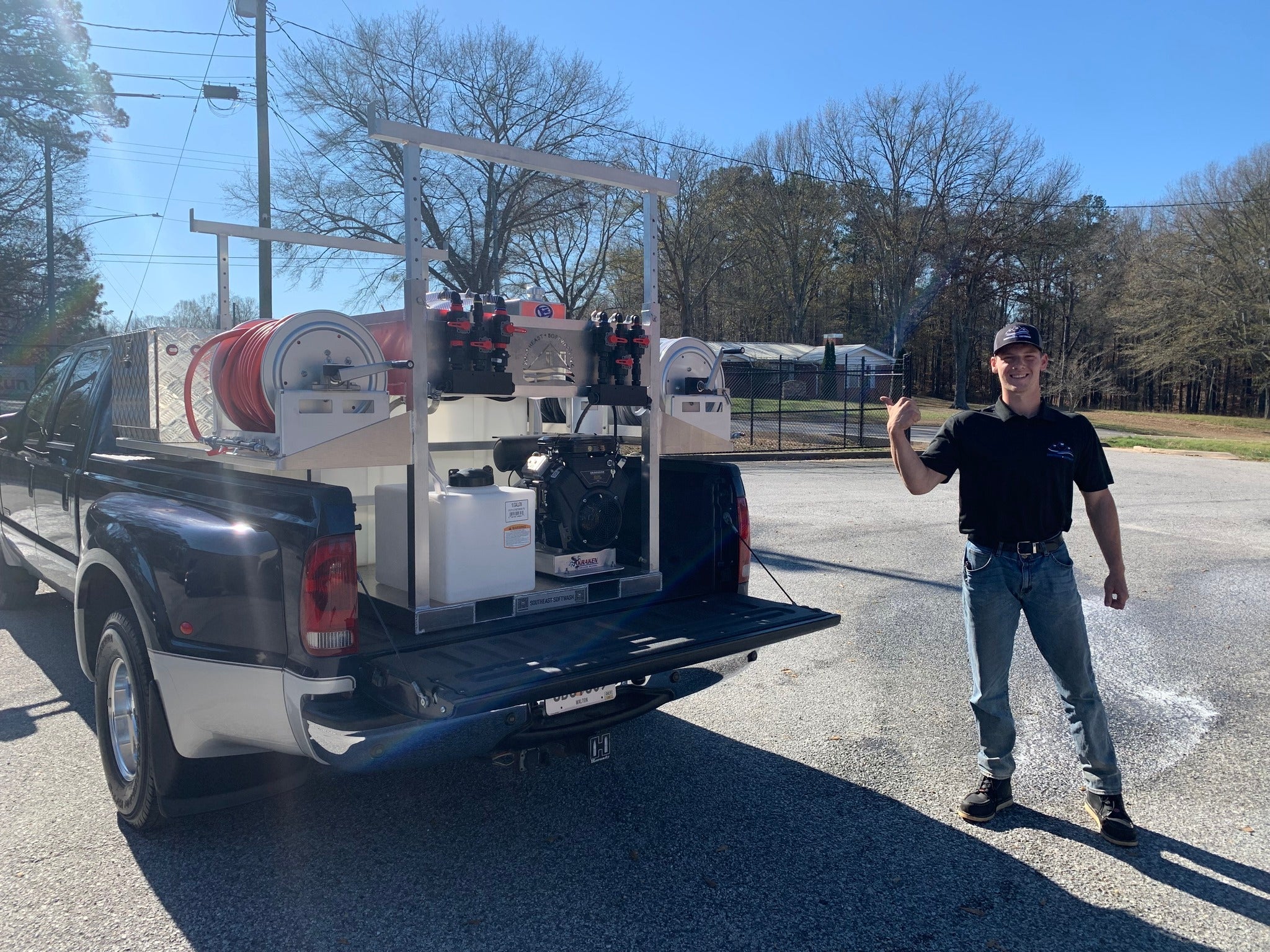When it comes to cleaning the exterior surfaces of your home or business, there are a variety of methods available. Two popular options are pressure washing and power washing. While these terms are often used interchangeably, they are not exactly the same. In this article, we'll explore the key differences between pressure washing and power washing and discuss which method might be best for your needs.
Understanding pressure washing
Pressure washing is a cleaning method that utilizes high-pressure water to remove dirt, grime, mold, and other contaminants from surfaces. This technique typically involves using a pressure washer, a machine that creates a powerful jet of water by pressurizing it. Pressure washing can effectively clean a wide range of surfaces, including concrete, brick, pavement, and vinyl siding.
Exploring power washing
Power washing is another method of cleaning that is similar to pressure washing. However, the key difference lies in the use of heated water. Power washers are equipped with a heating element that warms up the water, making it more effective at breaking down tough stains and grease. Power washing is especially useful for deep cleaning tasks that require added heat, such as removing oil stains from driveways or cleaning heavily soiled surfaces.
The pros and cons of pressure washing
Pressure washing offers several advantages. Firstly, it is a versatile method that can be used on a variety of surfaces. It is also highly effective at removing dirt and grime, making it a popular choice for routine cleaning tasks. Additionally, pressure washing is generally more affordable than power washing, as it does not require the use of heating equipment.
However, pressure washing does have some limitations. Since pressure washers rely solely on water pressure, they may not be as effective at removing certain types of stains or contaminants. For example, pressure washing alone may not be sufficient for removing deeply embedded mold or oil stains. In such cases, additional treatments or specialized cleaning solutions may be required.
The advantages and disadvantages of power washing
Power washing offers several unique benefits. The heated water used in power washing can be highly effective at breaking down dirt, grease, and other tough stains. This makes power washing an excellent choice for challenging cleaning tasks that require extra heat. Additionally, the use of heated water can also kill certain types of bacteria and mold, providing a deeper level of clean.
However, power washing does have some drawbacks. Firstly, power washing equipment tends to be more expensive than standard pressure washing equipment due to the added heating element. Additionally, the use of heated water can sometimes pose a risk to delicate or sensitive surfaces, such as certain types of paint or wood. It is important to exercise caution and use the appropriate pressure and temperature settings when power washing.
Soft washing as an alternative
While pressure washing and power washing are effective methods for cleaning many surfaces, they may not always be the best option for delicate materials or more sensitive areas. In such cases, soft washing can be a suitable alternative. Soft washing utilizes low-pressure water along with specialized equipment and gentle cleaning solutions to safely and effectively clean surfaces without the risk of damage.
Choosing the right method for your needs
When deciding between pressure washing, power washing, or soft washing, it is essential to consider the specific requirements of your cleaning task.
If you have a relatively simple cleaning job, such as removing dirt and grime from a driveway or patio, pressure washing may be sufficient. This method offers a cost-effective solution that can achieve satisfactory results for many surfaces.
For more stubborn stains or heavily soiled areas, power washing may be the better choice. The added heat can provide the extra cleaning power needed to tackle tough grease, oil, or mold stains. However, caution must be exercised when using power washing to avoid damage to sensitive surfaces or materials.
If you are dealing with delicate surfaces or areas that require a gentler approach, such as a roof or soft siding, soft washing is the recommended method. The low-pressure water and specialized cleaning solutions used in soft washing can effectively clean without the risk of damage.
Conclusion: Choosing the right washing method for your needs
When it comes to cleaning the exterior surfaces of your home or business, understanding the differences between pressure washing, power washing, and soft washing is crucial. Each method has its own advantages and considerations. By considering factors such as the type of surface, the level of dirt or stains, and the sensitivity of the materials involved, you can make an informed decision on the best washing method for your needs. Whether it's pressure washing, power washing, or soft washing, keeping your surfaces clean and well-maintained will enhance their appearance and longevity.
Take a look at another user's Shopify store by clicking here. Please be aware that this is a promotional link, and we cannot be held responsible for the content of the linked store.


